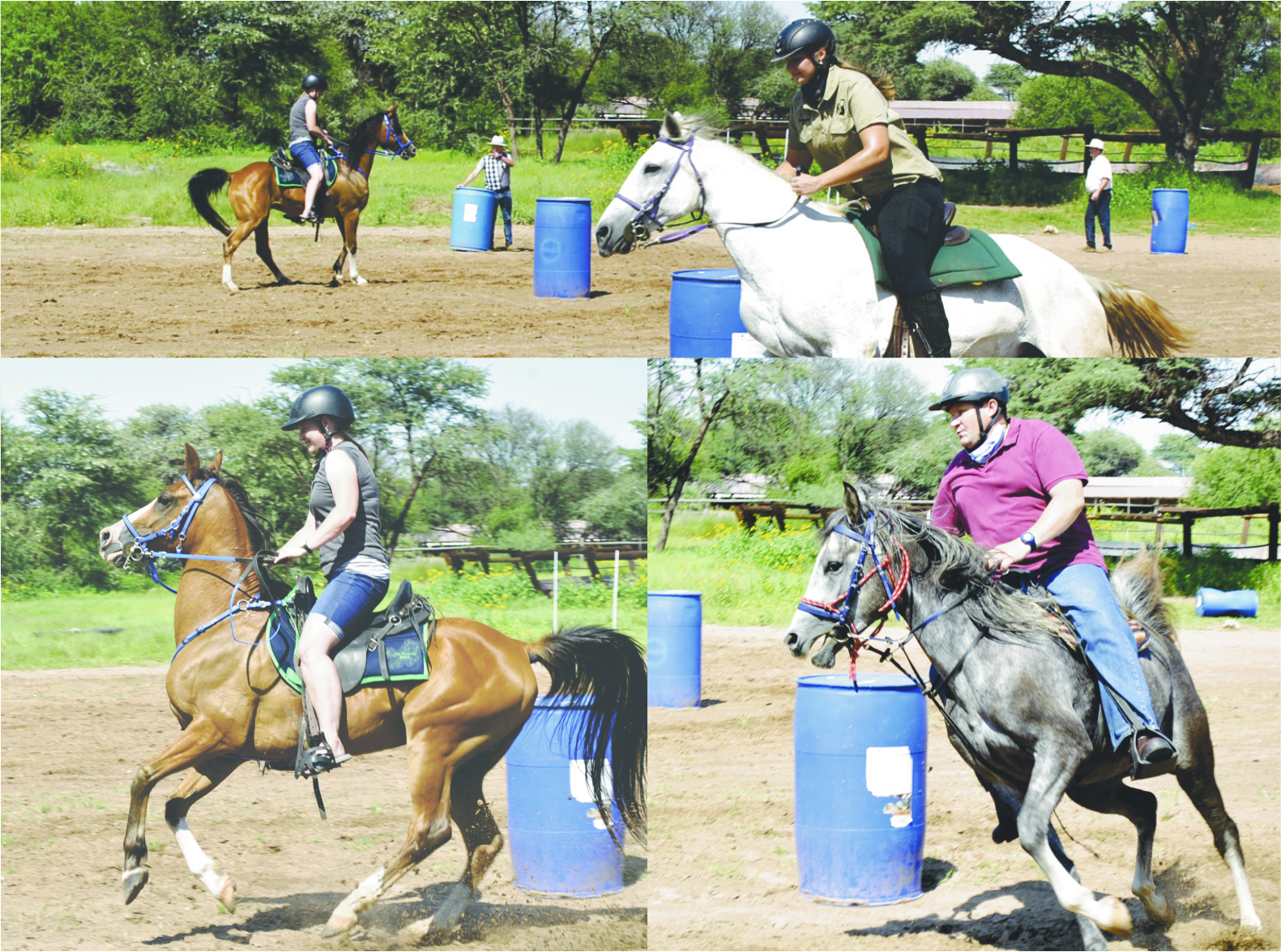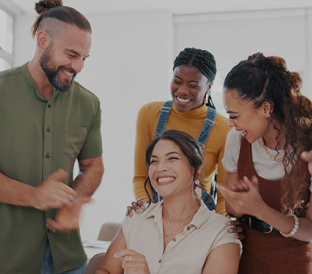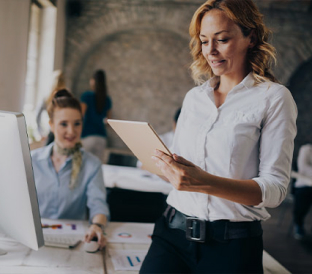The global outbreak of Covid-19 has resulted in the closure of gyms, stadiums, pools, dance and fitness studios, physiotherapy centres, parks and playgrounds.
Many individuals are therefore not able to actively participate in their regular individual or group sporting or physical activities outside of their homes. Under such conditions, many tend to be less physically active, have longer screen time, irregular sleep patterns as well as worse diets, resulting in weight gain and loss of physical fitness. Low-income families are especially vulnerable to the negative effects of stay-at-home rules as they tend to have sub-standard accommodations and more confined spaces, making it difficult to engage in physical exercise.
The WHO recommends 150 minutes of moderate-intensity or 75 minutes of vigorous-intensity physical activity per week. The benefits of such periodic exercise are proven very helpful, especially in times of anxiety, crisis and fear. There are concerns therefore that, in the context of the pandemic, lack of access to regular sporting or exercise routines may result in challenges to the immune system, physical health, including by leading to the commencement of or exacerbating existing diseases that have their roots in a sedentary lifestyle.
Lack of access to exercise and physical activity can also have mental health impacts, which can compound stress or anxiety that many will experience in the face of isolation from normal social life. Possible loss of family or friends from the virus and the impact of the virus on one’s economic wellbeing and access to nutrition will exacerbate these effects.
For many, exercising at home without any equipment and limited space can still be possible. For those whose home life can involve long periods of sitting, there may be options to be more active during the day, for example by stretching, doing housework, climbing stairs, or dancing to music. Also, particularly for those who have internet access, there are many free resources on how to stay active during the pandemic. Physical fitness games, for example, can be appealing to people of all ages and be used in small spaces. Another important aspect of maintaining physical fitness is strength training which does not require large spaces but helps maintain muscle strength, which is especially important for older persons or persons with physical disabilities.
The global community has adapted rapidly by creating online content tailored to different people; from free tutorials on social media to stretching, meditation, yoga and dance classes in which the whole family can participate. Educational institutions are providing online learning resources for students to follow at home.
Many fitness studios are offering reduced-rate subscriptions to apps and online video and audio classes of varying lengths that change daily. There are countless live fitness demonstrations available on social media platforms. Many of these classes do not require special equipment and some feature everyday household objects instead of weights.
Such online offerings can serve to increase access to instructors or classes that would otherwise be inaccessible. However, access to such resources is far from universal, as not everyone has access to digital technologies. For individuals in poorer communities and many developing countries, access to broadband internet is often problematic or non-existent. The digital divide has thus not only an impact on distance banking, learning, or communication but also on benefitting from accessing virtual sports opportunities. Radio and television programmes that activate people as well as the distribution of printed material that encourages physical activity are crucial in bridging the digital divide for many households living in precarious conditions. Young people are particularly affected by social and physical distancing, considering sport is commonly used as a tool to foster cooperation and sportsmanship, promote respectful competition, and learn to manage conflict. Without sport, many young people are losing the support system that such participation provided. Currently, some organisations and schools have begun using virtual training as a method for leagues, coaches, and young people to remain engaged in sports activities while remaining in their homes.
Source: bit.ly/UNDESACovid



















